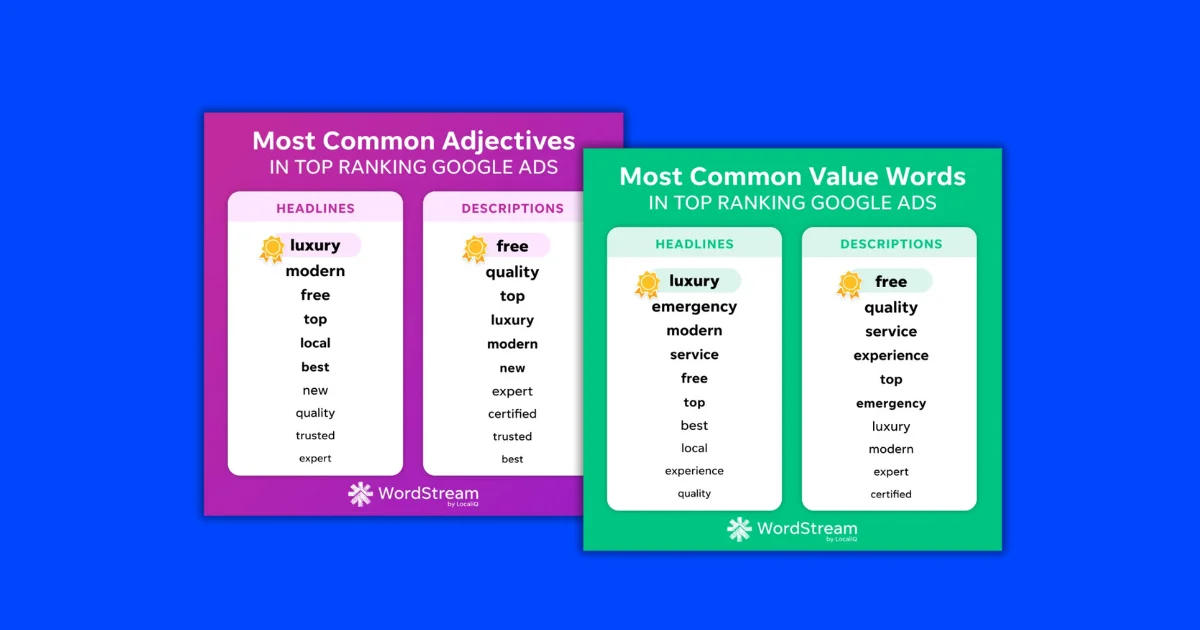A lifelong Manchester City fan stands in front of a 3D virtual avatar of the team’s star player, Erling Haaland, at an EA Sports FC prelaunch event. Towering and lifelike, the avatar’s every grin, gesture, and movement is perfectly synced to Haaland himself. The fan plays, interacts, and even shares a laugh during a spontaneous dance battle with the digital Haaland in real time. For a few electrifying moments, it’s as if their football hero has come to life in front of their eyes, blurring the line between reality, fandom, and technology.
This isn’t a far-off sci-fi scenario; it already happened.
3D digital avatars are starting to transform how humans connect in virtual spaces, offering a level of immediacy, responsiveness, and personalization that was once impossible.
For brands, this represents a massive opportunity to engage audiences in ways that feel human, scalable, and alive.
The shift is already underway
According to Gartner, 54% of brands are using some form of chatbot or conversational AI platform for customer-facing interactions. But while 2D avatars and text-based chatbots have paved the way, 3D digital avatars are poised to take this evolution to the next level. With advancements in AI, real-time animation, and emotional modeling, brands can now create avatars that move, react, and even emote like humans, making digital encounters feel as authentic as real ones.
And audiences are ready. Gen Z, in particular, is primed for animated interactions. Nearly half (48%) of this generation prefers animation to live-action, and adults aged 18 to 34 are now the biggest fans of animated content. From Roblox to VTubers, the language of animation has become the language of self-expression. For a generation that socializes online and personalizes digital avatars, interacting with 3D animated identities feels natural—an extension of how they already live and connect.
The opportunity for brands
The challenge for brands has always been how to create meaningful connections at scale. Brand ambassadors are one way, but talent isn’t scalable. A celebrity ambassador can’t record personal videos for every fan, and a top athlete can’t be in three cities at once.
3D digital avatars are changing the equation. With real-time animation tools and AI modeling, brands can create content that feels live-action in quality but is lightning-fast to produce. This allows brands to be reactive, spontaneous, and human, without waiting for a shoot day or a gap in a busy brand ambassador’s schedule.
Picture Shaquille O’Neal’s digital twin welcoming customers to multiple Home Depot events simultaneously, each interaction tailored to the audience; Lionel Messi’s 3D avatar hosting a live Q&A with fans after a big game; or Wendy’s iconic mascot bantering with fans in real time, trained on years of the brand’s famously sassy tweets.
Why just use words on
Why 3D digital avatars feel real
A common question is, how can a digital avatar feel “real?” The answer lies in expressiveness. The difference between a 3D character and a 3D avatar is emotion. Characters like the M&M’s mascots communicate through jokes and dialogue. Avatars, on the other hand, mirror the subtlety of human interaction—an idiosyncratic grin, a pause, or a glance that creates genuine emotional resonance.
Early prototypes already show how users can pose questions to a digital avatar and receive individualized, emotionally attuned responses. This glimpse into avatar-based interaction hints at transformative potential, not just in marketing but in education, customer service, and healthcare. Imagine a child preparing for intensive medical treatment, comforted by a 3D animated character that brings warmth and understanding to the daunting journey ahead. Pediatric personas would be able to respond to the child’s questions and concerns in a calm, reassuring manner, reaching them in the familiar environment of their own home.
Building empathy into the system
To make avatars feel authentic, AI models are trained on everything from a person’s interviews to their mannerisms and speech patterns. If someone has a signature laugh, gesture, or way of speaking, the avatar learns it too. This ensures interactions feel personal, not mass-produced.
What excites me most is the scalability of empathy. Two people can have completely different, yet equally real, experiences with the same avatar, each interaction tailored to their interests, questions, and emotional tone. This level of personalization is a game changer for brands looking to deepen their connection with audiences.
How brands can get ahead now
Technically, this ecosystem relies on real-time animation engines like Unreal, AI-driven facial and voice modeling, and cloud-based data storage. The human layer is just as critical. This isn’t plug-and-play software; it takes creative producers, animators, and AI engineers to make an avatar feel alive.
For brands to truly own this technology, they’ll need to find experienced partners or build small internal “avatar studios” that blend storytelling with tech fluency. It’s an investment in people as much as in infrastructure.
If you’re a brand leader, here’s how to prepare for this shift:
Identify your expressive assets. Who in your ecosystem—mascots, ambassadors, talent—best represents your brand’s values and story?
Start gathering inputs. Video, voice, and movement data are the raw materials that power authenticity.
Establish creative guardrails. Set clear boundaries for what your avatar can and can’t do, ensuring alignment with your brand values.
Build hybrid teams. You’ll need a mix of creativity and AI literacy to bring avatars to life.
Experiment. Start small. Let an avatar greet fans, appear at an event, or respond to a limited set of questions. The goal is to learn how people connect.
The next phase of human connection
To understand where this space is headed, consider how far virtual representation has already come. When I played Madden NFL in college, the players were pixels. Today, they look like real athletes. In two years, our digital avatars could look and sound exactly like us, in 3D, and be fully trained to interact on our behalf.
The next frontier of digital experience isn’t about technology alone—it’s about emotional presence. Brands that learn to speak this new language of presence have a distinct advantage.
The early-rate deadline for Fast Company’s World Changing Ideas Awards is Friday, November 14, at 11:59 pm PT. Apply today.











